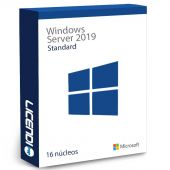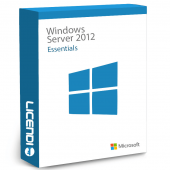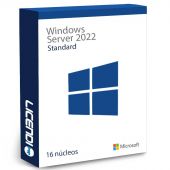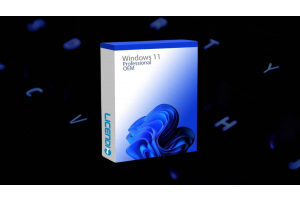Windows Servers: Discovering all their versions
When it comes to managing a company's IT infrastructure, Windows servers have long been a trusted choice. From their earliest versions to the most recent, Windows servers have played a pivotal role in the way organisations store, share and manage their data and applications.


Different versions
In this article, we will explore the evolution of these server platforms over the years, highlighting the last four major versions of Windows Server and their impact on the business world.
Windows Server 2012: The Road to Modernity
We begin our journey with Windows Server 2012. Released in 2012, this version marked a turning point in the history of Windows servers. With a strong focus on cloud and virtualisation, Windows Server 2012 gave businesses the ability to create private clouds and take full advantage of Hyper-V 3.0 virtualisation technology.
This enhancement significantly increased the performance and scalability of virtual machines, allowing organisations to further consolidate their infrastructure and reduce costs.
Innovations in Storage and Management
One of the highlights of Windows Server 2012 was the introduction of Storage Spaces, a feature that allowed for more flexible and cost-effective storage management. Organisations could combine multiple hard drives into a single virtual storage space, making it easier to expand and maintain storage resources.
In addition, the Metro user interface simplified server administration, making it easier for system administrators to control and configure Windows servers. Significant improvements were also made to power management, which helped reduce power consumption and operating costs.
Windows Server 2016: Moving Towards Security and Efficiency
The next milestone in our timeline is Windows Server 2016. Released in 2016, this version focused on hyperconvergence, security and efficiency.
Focus on Hyperconvergence
Windows Server 2016 introduced notable improvements in hyperconvergence, allowing organisations to deploy software-defined storage and virtualisation solutions on a single server. This simplified administration and reduced infrastructure complexity.
More Security
Security became an even higher priority in Windows Server 2016. Advanced data protection measures were implemented and identity and access capabilities were improved. The introduction of containers enabled the isolation of applications and workloads, improving security and efficiency of deployments.
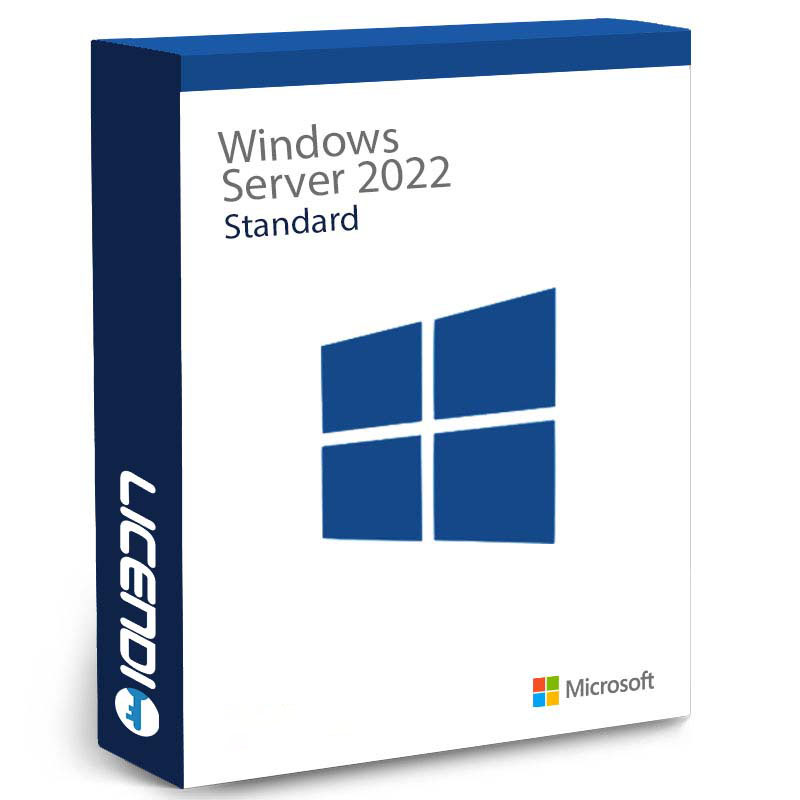

Windows Server 2019: A focus on integration
The next step in our evolution of Windows servers brings us to Windows Server 2019. Released in 2019, this version focused on integration with Azure and improved server management.
Integration with Azure
Windows Server 2019 offered tighter integration with Azure, Microsoft's cloud platform. This allowed organisations to leverage Microsoft's public cloud to support their workloads, while maintaining complete control over their on-premises servers.
Simplified Administration
Server management was further simplified with Windows Admin Center, a tool that provided a single interface for managing on-premises and cloud servers. This simplification allowed system administrators to save time and reduce the complexity of managing Windows servers.
Windows Server 2022: Continuous Innovation
Our last stop on this journey is Windows Server 2022. Released in 2021, this version is the latest in the Windows Server line and continues to drive innovation in enterprise infrastructure.
Increased Focus on Security
Security remains a priority in Windows Server 2022. Advanced data protection measures have been implemented and the security of identities and workloads has been enhanced. Protection of data at rest and in motion has been strengthened, providing an additional layer of security for organisations.
Advances in Storage and Virtualisation
Windows Server 2022 has introduced advanced features in storage and virtualisation. Improvements in application performance and software-defined storage capabilities give organisations the flexibility they need to support their operations.
You can read more about this server on Microsoft's official website.
Conclusion
The evolution of Windows servers over the years has led to significant improvements in enterprise computing infrastructure. From Windows Server 2012 to the latest version, Windows Server 2022, Microsoft has demonstrated its continued commitment to innovating and improving server solutions. As businesses seek more secure, efficient and flexible solutions, Windows servers will continue to play an essential role in the enterprise technology landscape.
In short, the history of Windows servers is a story of constant adaptation and improvement, and each new version has brought the enterprise infrastructure one step closer to excellence in data and application management.
If you have any further questions, please contact us :)
